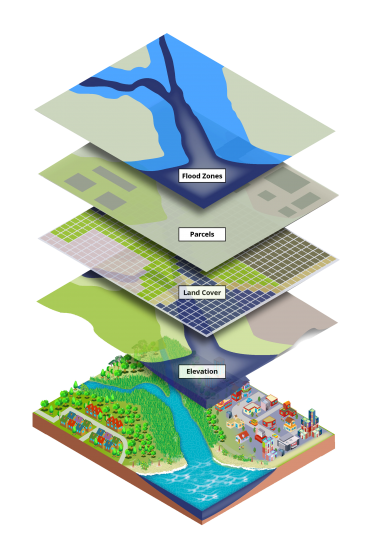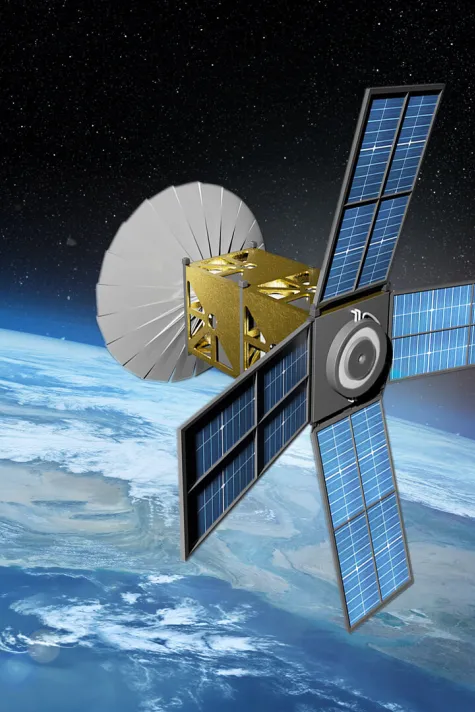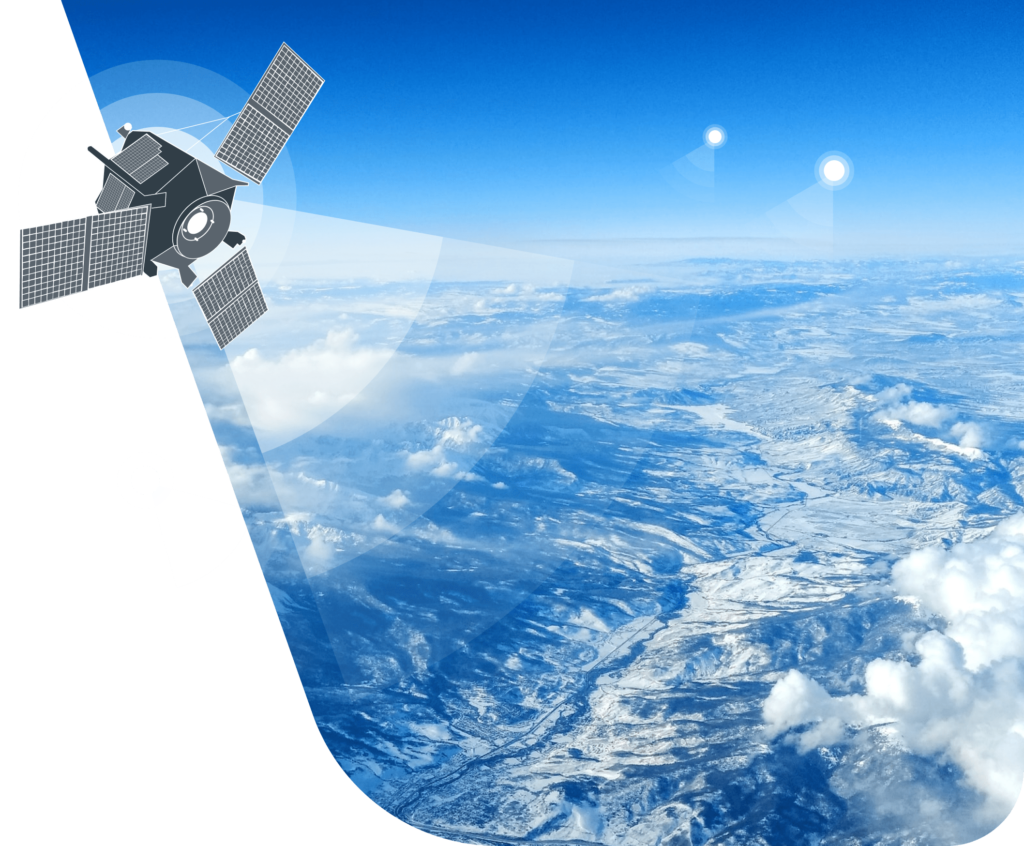Introduction to Geospatial Technology
In an increasingly interconnected world, geospatial technology has emerged as a powerful tool for understanding and managing our planet. This cutting-edge field, often simply referred to as geospatial technology, encompasses a wide range of tools and techniques for collecting, analyzing, and visualizing geographic data. At its core, geospatial technology enables us to harness the power of location-based information to solve complex problems, make informed decisions, and drive innovation in various industries.
When the academic workload feels overwhelming, Writepaper becomes your trusted companion. Writepaper is more than just a writing service, it’s your academic ally. We understand the complexities of student life, from challenging assignments to tight deadlines.
The significance of geospatial data cannot be overstated. It is the lifeblood of geospatial technologies, serving as the foundation upon which various applications are built. Geospatial data consists of information tied to specific geographic locations, such as coordinates, addresses, or place names. This data comes in various forms, including vector data, which represents discrete geographic features, and raster data, which comprises continuous spatial information in the form of images or grids.
Geospatial data is instrumental in addressing a multitude of challenges. It empowers governments, businesses, and individuals to analyze geospatial data for purposes ranging from urban planning to environmental conservation. The ability to analyze geospatial data is critical for decision-makers, as it provides valuable insights into spatial patterns and relationships, enabling more efficient resource allocation and informed policy formulation.


Exploring Geospatial Technologies
The evolution of geospatial technologies has been nothing short of remarkable. From its humble beginnings as paper maps and compasses, geospatial technology has transitioned into a digital age defined by satellite imagery, Geographic Information Systems (GIS), and sophisticated software applications. This transformation has made geospatial technology an integral part of our daily lives, even if we may not always be aware of it.
Today, geospatial technologies encompass a wide array of tools and techniques, including Global Positioning System (GPS) technology, remote sensing, and internet mapping technologies. These innovations have revolutionized how we gather, analyze, and visualize geographic data, making it easier than ever to access and utilize spatial information.
The applications of geospatial technology are as diverse as the fields it serves. It plays a pivotal role in areas such as urban planning, agriculture, forestry, transportation, and environmental management. Geospatial technologies are indispensable for understanding and addressing complex challenges, including those related to climate change, disaster response, and national security.
One of the key strengths of geospatial technology lies in its ability to analyze geospatial data and derive actionable insights. By combining data from various sources and applying spatial analysis techniques, researchers and decision-makers can uncover hidden patterns and trends that might otherwise go unnoticed. This capability is particularly valuable in fields like public health, where geospatial data can be used to track disease outbreaks and plan vaccination campaigns with precision.
The https://stellares.ai/ stand out for their scholarly expertise, offering in-depth research, meticulous analysis, and customized writing support. They ensure confidentiality, meet stringent academic criteria, and deliver well-structured, original dissertations tailored to the specific requirements of graduate-level scholars.
Global Positioning System (GPS) in Geospatial Technology
At the heart of many geospatial technologies lies the Global Positioning System (GPS). GPS is a constellation of satellites orbiting the Earth, which allows users to determine their precise location anywhere on the planet. This technology, initially developed for military applications, has found its way into our daily lives, from smartphone navigation apps to precision agriculture.
GPS is a game-changer in geospatial data collection. It provides a reliable and accurate means of tracking the geographic component of data, allowing researchers and professionals to gather information tied to specific locations. This is particularly valuable for applications that require real-time location data, such as fleet management, logistics, and emergency response.
The evolution of GPS technology has been marked by continuous innovation. Modern GPS systems can provide centimeter-level accuracy, thanks to advancements like Real-Time Kinematic (RTK) positioning and differential GPS. These innovations have expanded the horizons of geospatial technology, enabling precise location-based services and applications.
In addition to traditional GPS, other global navigation satellite systems (GNSS) have emerged, such as Russia’s GLONASS, Europe’s Galileo, and China’s BeiDou. These GNSS systems enhance the availability and redundancy of geospatial positioning, making it possible to gather data in challenging environments and improve the accuracy of geospatial applications.
For those who frequently say “take my online class,” essay services have emerged as a vital resource. These services, often staffed by experienced writers and educators, understand the nuances of online learning and the unique challenges it presents. They don’t just offer a helping hand; they provide a bridge that connects students with their academic goals.
Remote Sensing in Geospatial Technology
Remote sensing is another pivotal component of geospatial technology. It involves the use of sensors and instruments mounted on aircraft, satellites, or unmanned aerial vehicles (UAVs) to collect data about the Earth’s surface and atmosphere without direct physical contact. Remote sensing technologies have become indispensable for monitoring and understanding our planet’s dynamic processes.
The data collected through remote sensing encompasses a wide range of information, including satellite imagery, thermal infrared data, and multispectral imagery. These datasets are invaluable for various applications, such as land use planning, disaster management, and environmental monitoring. Remote sensing allows us to “see” the Earth from a different perspective, revealing details that may be imperceptible to the naked eye.
The impact of remote sensing technologies extends across multiple domains. For example, in agriculture, remote sensing data can be used to monitor crop health, optimize irrigation, and assess soil conditions. In forestry, it aids in assessing forest health, identifying deforestation, and managing natural resources sustainably.
One noteworthy application of remote sensing is in forest fire suppression. By analyzing satellite imagery and thermal data, authorities can detect wildfires in their early stages, allowing for a rapid response to contain and extinguish these destructive events. This not only safeguards human lives but also protects invaluable ecosystems.

Geospatial Technology Award Winners
As geospatial technology continues to evolve and shape our world, it’s essential to recognize and celebrate the contributions of individuals and organizations that excel in this field. Geospatial technology award programs play a vital role in acknowledging innovation, outstanding projects, and exceptional individuals who have made significant contributions to the geospatial community.
These awards serve as a testament to the importance of geospatial technology in solving real-world problems and advancing our understanding of the Earth’s surface. They highlight the diverse and impactful applications of geospatial technologies, from improving disaster response to enhancing urban planning and biodiversity conservation.
Geospatial technology award programs typically feature various categories that reflect the breadth and depth of the field. Some of the most prominent award categories include:
- Innovation in Geospatial Technology: Recognizing groundbreaking advancements and creative solutions that push the boundaries of what is possible in the field of geospatial technology.
- Environmental Impact: Honoring projects or initiatives that use geospatial technology to address environmental challenges, such as climate change mitigation, habitat conservation, and natural resource management.
- Humanitarian Applications: Celebrating projects that leverage geospatial technology to improve the lives of people in need, including disaster relief efforts, public health initiatives, and humanitarian aid projects.
- Urban Planning and Smart Cities: Acknowledging initiatives that use geospatial technology to enhance urban planning, infrastructure development, and the creation of smart, sustainable cities.
- Education and Outreach: Recognizing individuals or organizations that have made significant contributions to educating and raising awareness about geospatial technology among students and the general public.
Award-Winning Projects in Different Countries
To appreciate the impact of geospatial technology, it’s essential to showcase a selection of award-winning projects from different countries. These projects highlight the diverse applications of geospatial technology and demonstrate its global relevance. Here are some notable examples:

United States: Enhancing Disaster Response with GIS
In the United States, several organizations have received awards for their innovative use of Geographic Information Systems (GIS) in disaster response and recovery. These projects involve the real-time collection and analysis of geospatial data to coordinate emergency services, allocate resources, and provide timely information to the public during natural disasters, such as hurricanes, wildfires, and floods.

India: Precision Agriculture for Sustainable Farming
India has been at the forefront of using geospatial technology to address agricultural challenges. Award-winning projects in India have focused on precision agriculture, where GPS data is used to optimize crop management, increase crop yields, and reduce the environmental impact of farming practices. These initiatives are vital for ensuring food security in a densely populated country like India.

Brazil: Rainforest Conservation with Remote Sensing
In Brazil, geospatial technology has played a crucial role in the conservation of the Amazon rainforest. Award-winning projects have utilized remote sensing data to monitor deforestation, track illegal logging activities, and support efforts to protect this vital ecosystem. The use of satellite imagery and geospatial analysis has been instrumental in preserving the world’s largest tropical rainforest.

South Africa: Geospatial Solutions for Wildlife Conservation
In South Africa, geospatial technology has been instrumental in wildlife conservation efforts. Award-winning projects have used GPS tracking, geographic data, and spatial analysis to monitor the movements and behaviors of endangered species, combat poaching, and enhance biodiversity conservation initiatives. These initiatives demonstrate the power of geospatial technology in safeguarding our planet’s natural heritage.

New Zealand: Mapping Tomorrow Geospatial Technology Award-Winning Project
Mapping Tomorrow emerged as the brainchild of a dedicated team of geospatial experts and environmental enthusiasts who sought to harness the power of cutting-edge technology to address pressing ecological challenges. The project aimed to create a comprehensive, high-resolution map of New Zealand’s natural resources, ecosystems, and heritage sites.
Future Trends in Geospatial Technologies
As we look to the future, several emerging trends and innovations are poised to shape the landscape of geospatial technology. These developments promise to expand the capabilities of geospatial data science and further enhance its impact on various industries. Some of the key trends to watch for include:
- AI and Machine Learning Integration: The integration of artificial intelligence (AI) and machine learning into geospatial technology will enable more advanced analysis and automation of geospatial data processing. This will lead to faster insights and improved decision-making.
- Real-time Geospatial Data: With the growing availability of real-time data sources, geospatial technology will become even more dynamic and responsive. This will have applications in transportation, logistics, and disaster management.
- Space-based Data Sources: Advances in space technology, including the launch of new Earth-observing satellites, will provide richer and more detailed geospatial information. This will be particularly valuable for environmental monitoring and resource management.
- Enhanced Visualization: The development of immersive and interactive visualization tools will make it easier for users to explore and understand geospatial data. Virtual and augmented reality applications will become increasingly prevalent.
- Privacy and Ethics: As geospatial technology collects more personal and location-based data, concerns about privacy and ethical use will rise. Regulations and ethical guidelines will need to evolve to address these issues.